So, the Apple Vision Pro has finally hit the market and it’s making headlines all over. Already you can see many people strolling around wearing those enormous glasses and flicking their fingers in the air. Apple very smartly kept the lid on the core technology used in the development of this extraordinary gadget, which leads to a visible confusion – is Apple Vision Pro AR or VR headset?
The answer to this question is not as straightforward as it seems. We have an abundance of VR and AR headsets in the market from tech giants like Sony, Meta, and HTC, but none of them seem to have found the perfect recipe yet. So, does Apple have the answer?
In this short Apple Vision Pro review, we will dissect the product and try to establish if it runs on augmented reality or virtual reality technology.
Is Apple Vision Pro AR Or VR?
It’s finally here and I am sure that by now, all of you have seen several Apple Vision Pro videos and walkthroughs, asserting it as a VR or AR headset. The truth is – it has elements of both. Apple avoided the term mixed reality, originally coined by Microsoft to define technology that integrates both AR and VR. Instead, the Cupertino-based company came up with its terminology, calling it a high-end spatial computer.
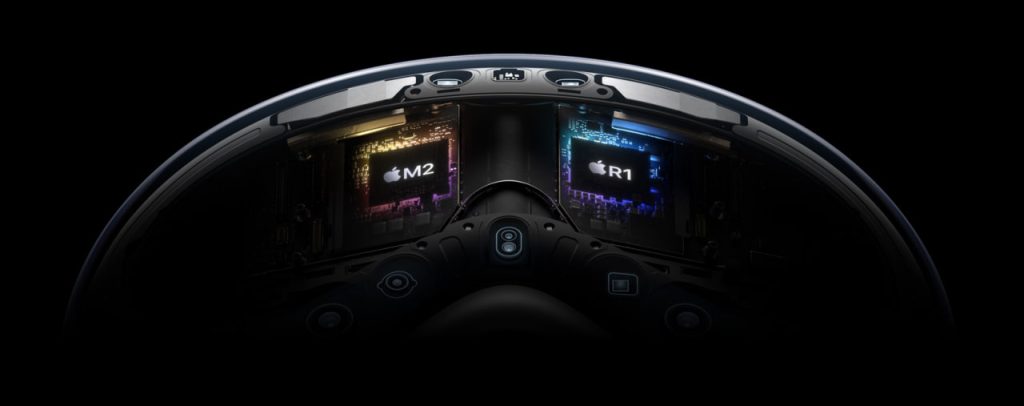
However, in simple words, it incorporates both AR and VR functionalities but allows you to regulate the interference of each. Let’s try to understand how.
If you look at Apple Vision Pro from a hardware perspective, it’s a VR headset that sits in front of your eyes, substituting your actual field of vision with a virtual space. But, unlike traditional VR headsets, here you can bring your applications and use them while still maintaining a view of the reality outside the headset—this is where augmented reality comes into play.
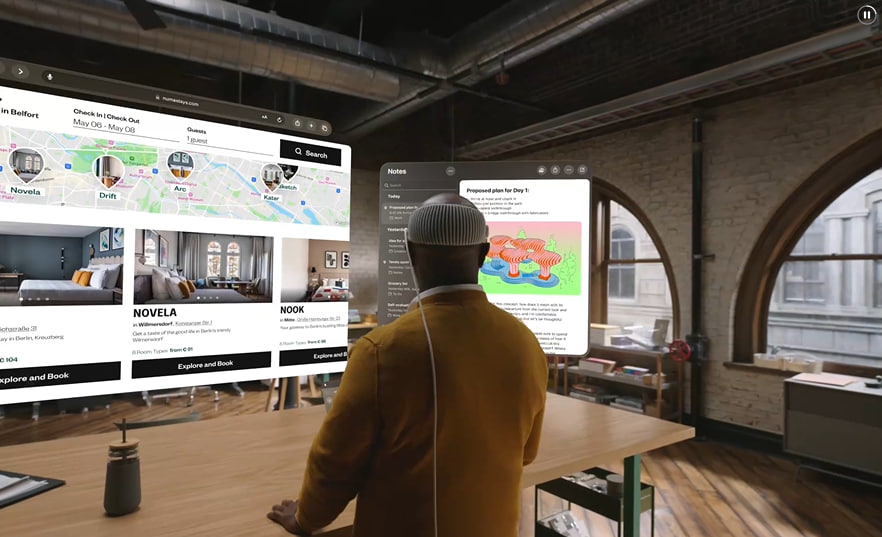
As we know AR allows you to overlay digital images onto your actual physical environment, as we’ve seen in so many smartphone apps and industrial-level VR headsets used for training and analysis purposes. Typically, these wearables feature high-resolution displays to immerse you in virtual reality, however, you lose all the connection from the real world. Yes, they may have limited AR features, but no capability to spatially measure your surroundings.
Apple overcomes these obstacles by simply incorporating a high-tech camera system into Vision Pro, including LiDAR and TrueDepth sensor, which smartly maps your surroundings. For example, you can use your apps, while still being able to see what’s in front of you in real life, allowing you to stay connected with both the virtual and real world.
How Does Apple Vision Pro Incorporate Both AR and VR?
However, what sets apart Apple Vision Pro from the competition is the crown that lets you set the balance between physical and virtual reality while interacting with your applications. For instance, you could be seated on a chair using Safari or a photo app in front of you with your surroundings still visible to you. Alternatively, you can completely transform your living room into an immersive cinema hall and enjoy a 3D film.
So, how does the Apple Vision Pro sit between AR and VR? Let’s take a look:
| Features | Virtual Reality | Augmented Reality |
| Applications | Gaming, watching movies, attending virtual conferences | Placing information on physical objects within your surroundings, data visualization, and collaboration in shared space |
| Display | 4K+ display blocks the entire field of view, completely blocking the real-world experience | Crown allows you to determine how much of the real world you want to see with digital overlays |
| Interaction | Typical hand and object interaction within the virtual space | Eye movement tracking, and hand gesture recognition to control actions within the virtual space |
| Usage | Created a completely immersive virtual environment | Can position-specific information or digital displays over physical objects |
What Can Apple Vision Pro Do?
So, what are the possibilities with Apple Vision Pro VR? Is this $3499 headset worth the money, or would you be better off considering more budget-friendly alternatives from companies like Meta, HTC, or Sony?
1. You get all your favorite applications from the Apple ecosystem, but instead of one app at a time, you can arrange multiple of them using different windows that appear to be floating in the air.
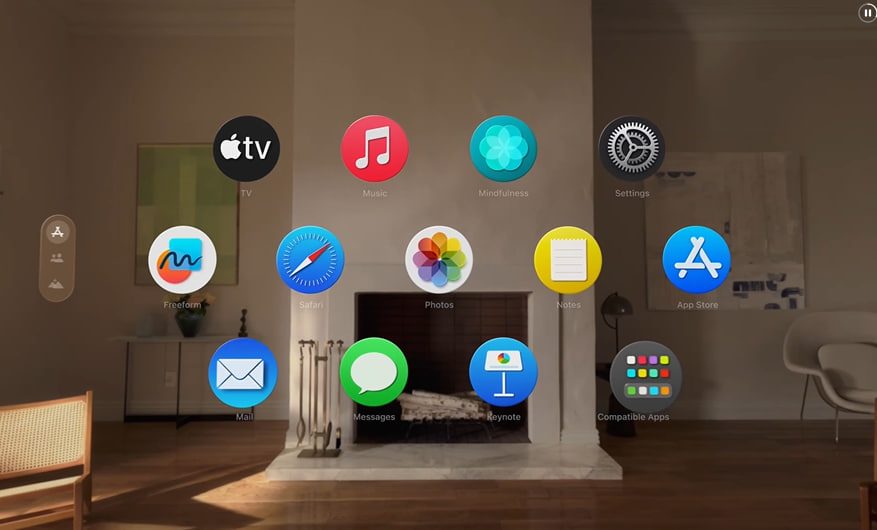
2. Apple Vision Pro is packed with powerful 3D cameras, inward-facing cameras, and sensors that track your hand, eye, and facial movement. All it takes is a simple flick of a hand, pinch, or eye movement to control your actions.
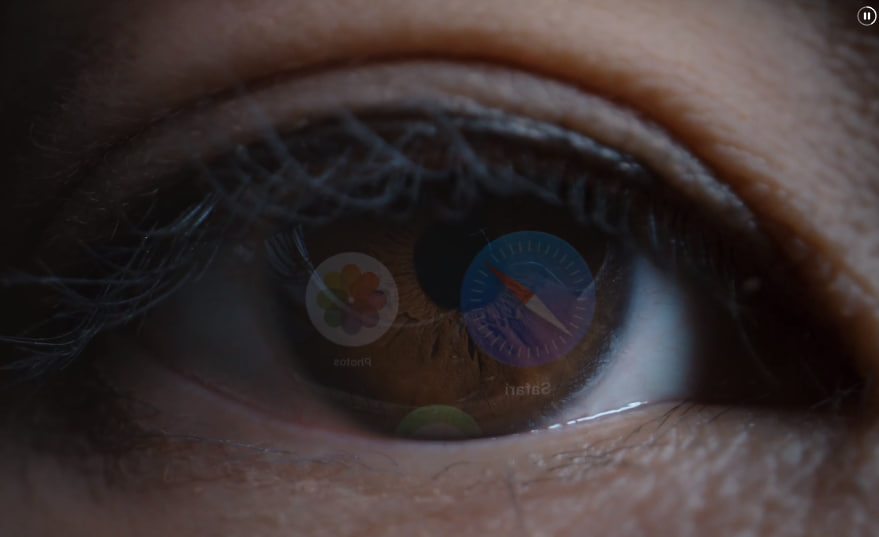
3. Create a virtual home theater inside your living room or position the huge floating screen against your favorite backdrop and enjoy the unparalleled audio-visual experience.
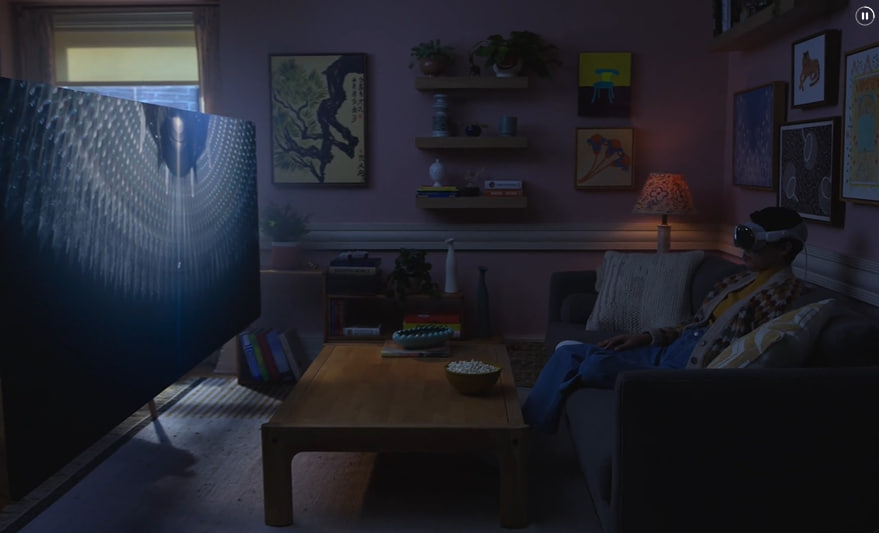
4. Thanks to advanced Apple Vision Pro VR/AR technology, you can position the caller windows anywhere within the virtual space in your house and stay on call while still roaming around.

FAQs:
1. What is the Apple Vision Pro price in USA?
In the US, Apple Vision Pro costs $3499 for 256 GB, $3699 for 512GB, and $3899 for 1 TB model.
2. What are the best Apple Vision Pro games?
You can enjoy some AR/VR (spatial) games such as Blackbox, Contour, Demeo, Just Hoops, Game Room, Puzzling Places, Mind Way, etc.
3. Is Apple Vision Pro worth its price?
For $3499, it’s one of the most expensive gadgets in the market, but I would suggest you wait for a more refined version in the future.
4. When is the Apple Vision Pro release date?
Apple Vision Pro was made available to the public on February 2 2024 and is available for purchase exclusively on Apple’s official website.
Final Words:
So, ‘Is Apple Vision Pro AR or VR’ headset? I am sure you have the answer by now. The truth is that the product appears to be too futuristic, and due to its steep price tag, may not get widespread adoption as of now. According to Bloomberg, Apple Vision Pro is a preview of the future, rather than the future itself. Many tech experts have suggested that with the Vision Pro, Apple may have hit the target, but the fully refined product is still at least 3-4 generations away. So, should you buy it or not? Well, if you’ve got a tremendous passion for VR headsets and have $3500 to spare, go for it!